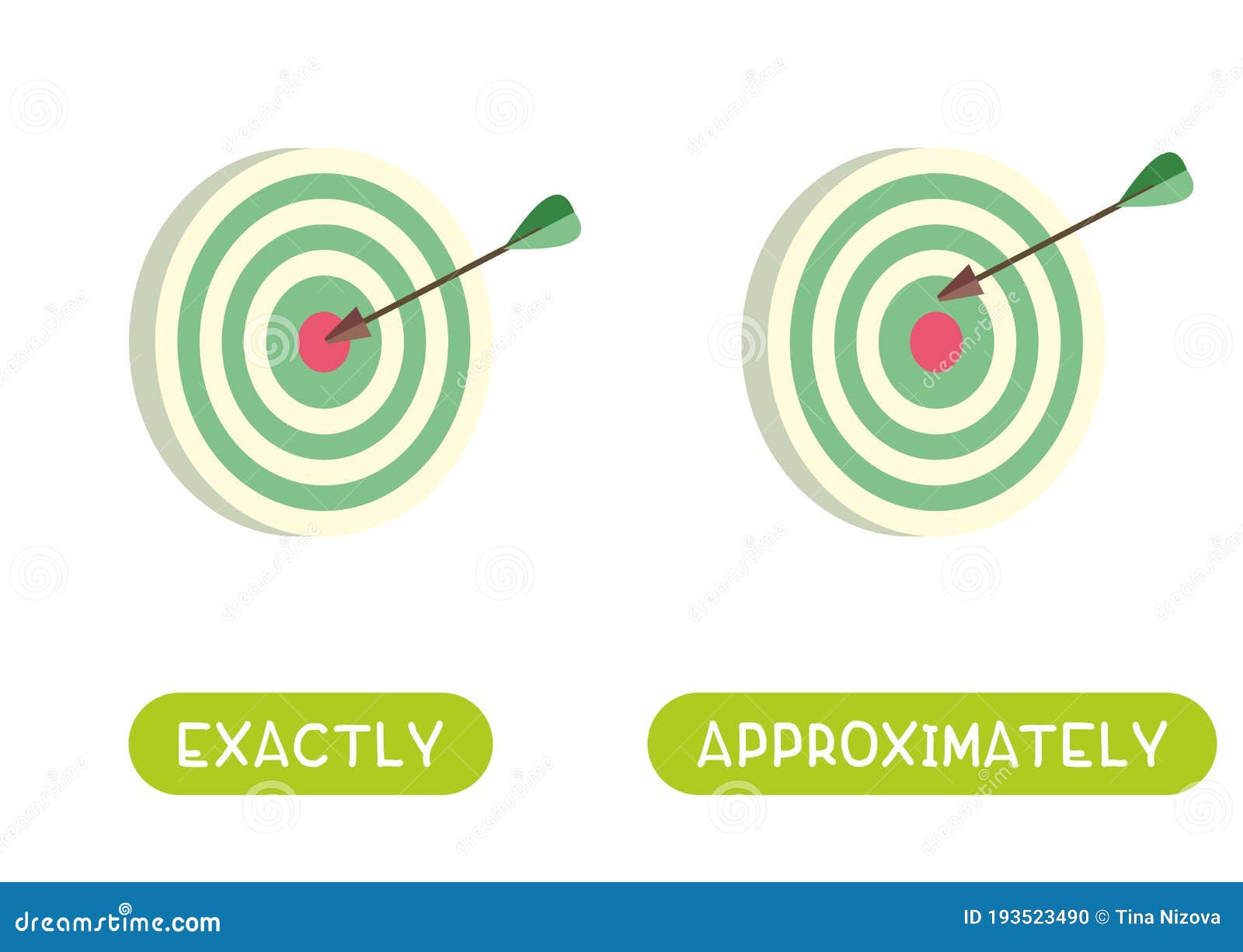In the realm of quantum computing, the fundamental unit of information is the qubit, short for “quantum bit.” This diminutive yet potent entity transcends the binary limitations of traditional bits, which represent either a 0 or a 1. A qubit, however, harnesses the peculiar principles of quantum mechanics to exhibit a more complex state, one that can represent both values concurrently through the phenomenon of superposition. The study of qubits provides profound insights into the workings of quantum computers, promising to revolutionize computational efficiency and problem-solving paradigms.
To comprehend the nature of a qubit, one must first delve into its foundational characteristics. A qubit can exist in a state |0⟩, representing the binary 0, or |1⟩, representing binary 1. Yet, it can also occupy a linear combination of these states, known as superposition. This superposition can be mathematically expressed as:
|ψ⟩ = α|0⟩ + β|1⟩
Here, α and β are complex coefficients that denote the probability amplitudes of finding the qubit in each state upon measurement. The probabilities are obtained by squaring the magnitudes of these amplitudes: |α|² gives the probability of measuring the qubit in state |0⟩, while |β|² gives the probability of measuring it in state |1⟩. It is essential to note that the sum of these probabilities must equal one, leading to the normalization condition |α|² + |β|² = 1.
Another critical aspect of qubits is entanglement, a phenomenon that allows qubits to be intertwined in such a way that the state of one qubit is dependent on the state of another, regardless of the distance separating them. This non-local property of entangled qubits introduces new dimensions to computing and information processing, enabling strategies such as quantum teleportation and super-dense coding. More strikingly, entanglement facilitates the creation of correlation that classical systems cannot achieve, thus enhancing information security and transmission integrity.
Qubits can be realized in a variety of physical systems, each leveraging different technologies to create and manipulate their quantum states. Among the most prominent types are:
- Superconducting qubits: Utilized extensively in contemporary quantum computing platforms, these qubits operate at cryogenic temperatures and exploit Josephson junctions to create non-linear oscillators. The quantized energy levels of superconducting circuits allow for the realization of qubit states and facilitate coherent manipulation using microwave pulses.
- Ionic qubits: Trapped ions serve as another fascinating implementation of qubits. Here, ions are suspended in a vacuum using electromagnetic fields and manipulated with laser pulses to achieve desired quantum states. The precision control available with this technology affords remarkable coherence times, which are critical for complex quantum operations.
- Topological qubits: An emerging frontier in quantum computation, topological qubits promise robustness against decoherence and noise through their intrinsic properties. These qubits are rooted in non-abelian anyons, hypothetical particles that are theorized to exist in two-dimensional systems. Their braiding can be used to encode quantum information, aligning with the aspirations of fault-tolerant quantum computing.
- Photonic qubits: Optical systems also provide a platform for qubit realization through the use of quantum states of light. Photonic qubits can be manipulated via beam splitters and phase shifters, enabling various quantum information protocols, including quantum key distribution and quantum communication.
The manipulation of qubits, governed by unitary transformations, is accomplished through quantum gates. These gates can alter the state of qubits similarly to how classical logic gates operate on bits. Quantum gates, such as the Hadamard gate and the CNOT gate, are essential building blocks for executing quantum algorithms. The ability to perform complex operations on qubits in parallel, due to their superposition and entangled states, allows quantum computers to solve specific problems with remarkable speed compared to classical counterparts.
However, despite their promise, qubits are notoriously susceptible to decoherence, a phenomenon caused by interaction with their environment, which can corrupt quantum states and lead to loss of information. This necessitates sophisticated error-correction techniques to maintain fidelity during quantum computations. Quantum error correction protocols, such as the surface code, are employed to safeguard against decoherence, enabling longer computation times and more reliable quantum operations.
The burgeoning field of quantum computing is poised to tackle monumental challenges across various disciplines. Potential applications span cryptography, where quantum algorithms could render traditional cryptographic methods obsolete, to optimization problems, materials science, and complex simulations that have eluded classical computations. As research progresses and technologies mature, the integration of qubits into practical quantum computers will likely herald a new epoch in computational capabilities, physics, and beyond.
The multifaceted nature of qubits, intertwined with the principles of quantum mechanics, defines their significance in the theory and application of quantum computing. An understanding of qubits reveals not only the intricacies of quantum interactions but also the tantalizing possibilities that lie ahead. Their unique characteristics, combined with advancements in technology, herald the dawn of a computational paradigm that could transcend current barriers, fundamentally altering our approach to complex problem-solving.












